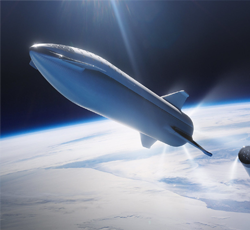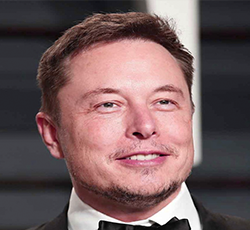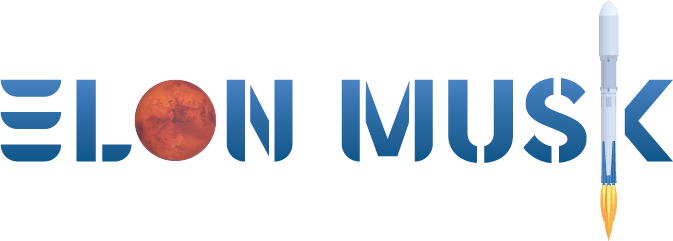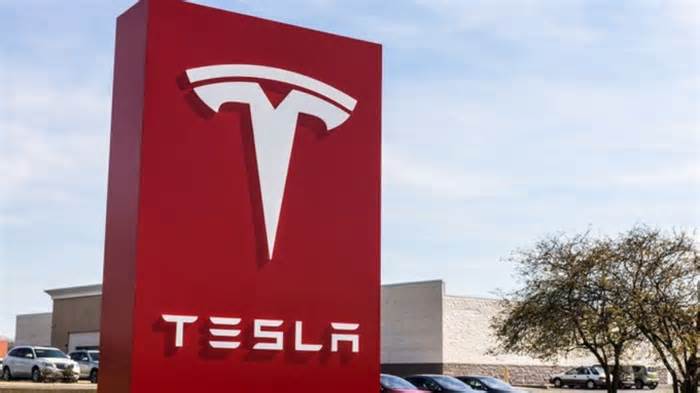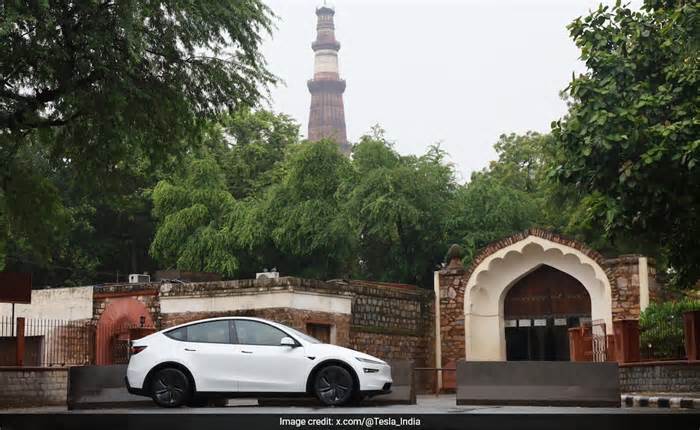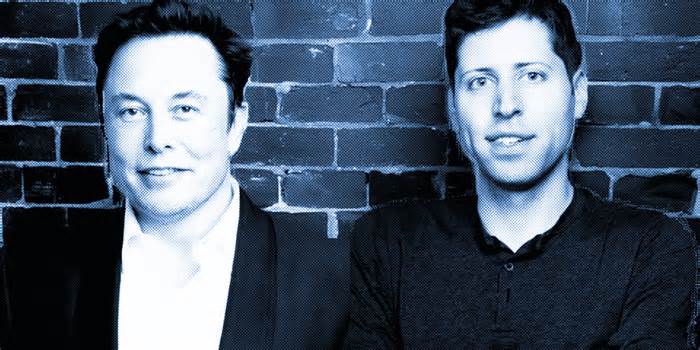
Tesla's Optimus and the big questions in the quest to make a humanoid robot
- by CNBC
- Sep 30, 2022
- 0 Comments
- 0 Likes Flag 0 Of 5

Key Points
Tesla is expected to provide a new look at its humanoid robot Optimus at Tesla AI Day on Friday.
Optimus will first be rolled out in the thousands in Tesla's own factories, Elon Musk has said, with an eye ultimately toward consumer applications in the home.
Robotics experts remain cautious on the idea of robots based on the human form.
In this article News Videos
One big stumbling block â shared with self-driving vehicles â is what happens when robots encounter unpredictable scenarios.Â
Musk, who has proved critics wrong in the past, is aware that the success of the Optimus project will rest on the robot's ability to think and perform "unscripted actions."
The real key will be whether it can "navigate through the world without specific line-by-line instructions," he said at the AI Day last year, adding that ultimately "it should be able to do that."
This year's AI Day featured the humanoid robot prominently, if playfully: the invitation includes robotic hands making a heart symbol.
Part of the reason for building a robot that is human in form is that, if it is going to be performing multiple unscripted tasks â pick up that box over there, go to the store and get eggs â it will have to be able to move through a world built for humans: presumably, having a human form is the best promise of being able to do so.Â
The incident of the so-called "fluff bot," a robotic piece of equipment that caused production problems due to its inability to perform a relatively simple task, which Musk later said was more readily performed by "human hands," is sometimes marked as a key moment for the humanoid Tesla bot. But one limitation on this line of thinking, according to robotics engineers, is that we still don't really understand very well how human bodies are able to do what they do. It's not a simple process to reverse engineer their movement capabilities.Â
Elon Musk looks at a robot display during a tour of the new Tesla Motors auto plant, formerly operated New United Motor Manufacturing Inc. (NUMMI), in Fremont, California, U.S., on Wednesday, Oct. 27, 2010.
Bloomberg | Bloomberg | Getty Images
How much the humanoid robot will actually be able to do is a compound problem of mobility and AI capabilities, according to Eni Halilaj, assistant professor in mechanical engineering at Carnegie Mellon and a researcher who studies human movement. Mimicking human mobility is going to be limited, in part, by limitations already in place about current knowledge of how human mobility works in humans.Â
"Our body is a complex engineering system that we still do not fully understand," Halilaj said. "We have a long way to go to reverse engineer it, making motion planning and control challenging for humanoid robotics. For example, we still do not understand how our central nervous system selects specific muscle coordination patterns to carry out daily tasks â this is one of the grand challenges in biomechanics and neural control."
"Biomimicry can be only as successful as our understanding of the biological system," she said. Mimicking a biological system is a task self-driving cars don't face. "It is true that cars are robots on wheels, but cars are human-made inventions," she added.
More collaboration between the robotics community and biomechanists, neuroscientists, and behavioral scientists to build plausible human digital twins â computational models that can accurately capture the complexity of the neuromusculoskeletal system and navigate virtual environments with the fluidity and elegance of our biological systems â should be a broader goal in this area of robotics.
And until such knowledge is in place, "We'll see progress, but not at the transformative level we could if we bolstered fundamental research in human intelligence," Halilaj said.
Optimus Teslabot Folds Laundry
Jan 16, 2024
Please first to comment
Related Post
Stay Connected
Tweets by elonmuskTo get the latest tweets please make sure you are logged in on X on this browser.





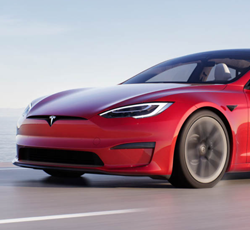
 Energy
Energy